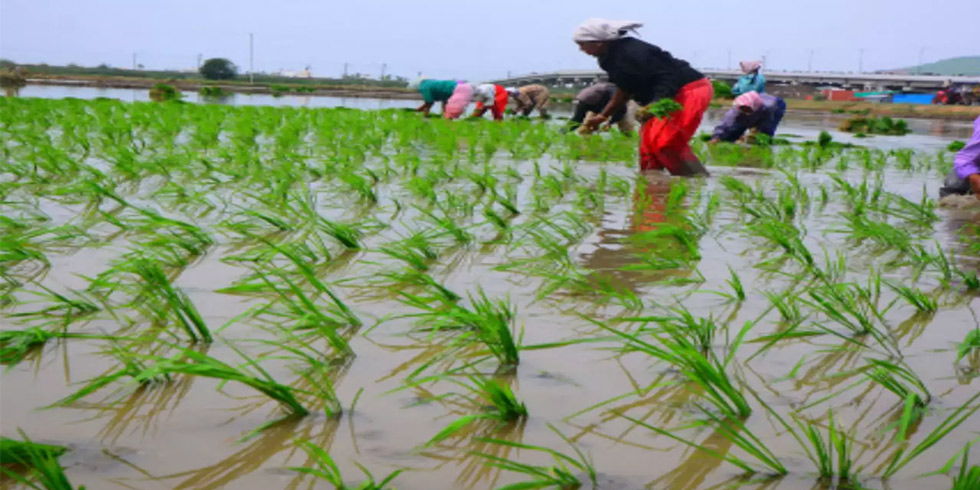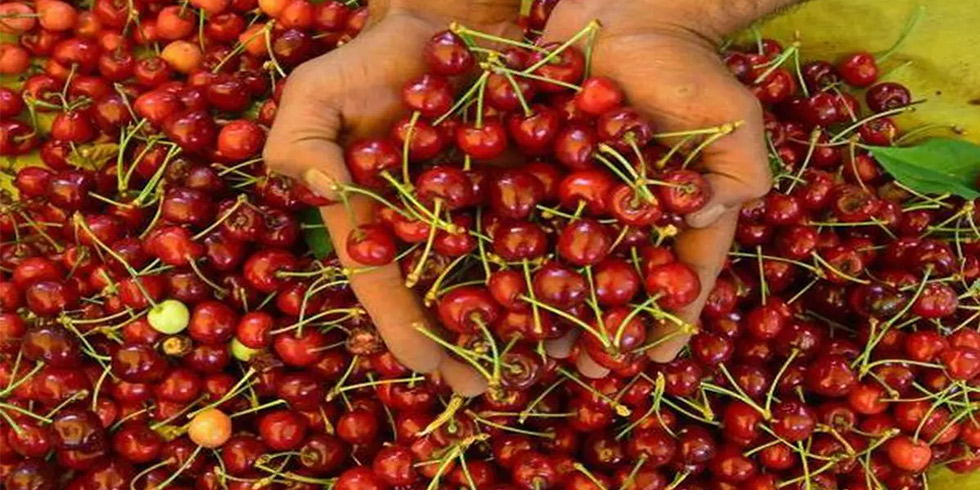Basmati rice exports to Iran may take a hit this fiscal. Information trickling in from Indian rice trade sources indicates that Iran has just reworked its multiple exchange rate system to circumvent sanctions and rice importers in Iran will now have access to the open market exchange rate with a 2% discount.
This means that the Iranian rice importer will now have to shell out Rs 23,000 to Rs 25,000 rials (or 2,300 to 2,500 toman) against one dollar as compared to 12,600 rials against a dollar a week ago.
This will automatically work as a disincentive to import basmati rice from India as imports will become doubly expensive. "We are yet to get an official communication from Iranian authorities.
But media reports from Iran say that such a change has been brought in. Even our trade sources have also indicated such a change. This is a matter of real concern to Indian basmati rice exporters," said MP Jindal, president, All India Rice Exporters Association (AIREA).
Iran is one of the major destinations for Indian basmati rice and the country had imported 32 lakh tonne of basmati rice in FY12. The move will affect rice exporters in India and returns to farmers may also dwindle this year.
Till October 31, 2012, India has exported 19.8 lakh tonne of basmati rice to Iran. Media reports from Iran say that the country has narrowed the list of export goods which have been banned to 34 items from an initial 52. The Trade Promotion Organisation of Iran has recently released a new list of goods including wheat, sugar, meat, corn, dairy products, livestock, confectionery, iron products, rice, and some specific petrochemicals.
Authorities have divided imports into 10 categories based on how essential they are for the Iranian economy and will accordingly provide importers with dollars at a subsidised rate to buy basic goods. Those products which are not produced domestically will be removed from the list of banned items, but most of the named products are produced in the country and there is no need to import them. Western sanctions over Iran's controversial nuclear activities have caused a shortage of foreign currency in the country sparking a drastic devaluation of the Iranian rial and sending inflation soaring.
Iran functions on a multiple exchange rate system to circumvent the sanctions. First, there is the official exchange rate of 12,500 rial (1,250 toman). Then there is the open market exchange rate which varies between 25,000-28,000 rial (2,500-2,800 toman) and finally the unofficial market rate of 28,000 rial (2,800 toman).
"We have learnt that Iran has now classified imported goods into three categories," said Jindal.
The first category consists of "strategic goods" which have access to the official rate of exchange, which is stable at 12,600 rials (also known as 1,260 toman).
The second division consists of goods which are being prioritised and this, according to buyer sources, includes rice. There is unconfirmed news that importers in this category will have access to the open-market exchange rate with a 2% discount. This would work out to roughly less than 23,000 to 25,000 rials (or 2,300 to 2,500 toman). And the third division is being restricted or banned.
"If this happens then it will be a major blow to Indian basmati rice exporters. Why should Iranian importers buy from us at this high rate? We will be hard hit due to this move," said Vijay Sethia, former president, AIREA.
In 2011-12, India had produced 78 lakh tonne of basmati rice. "However, this year production will be less by 8%-10%," said Jindal.








Add Comment